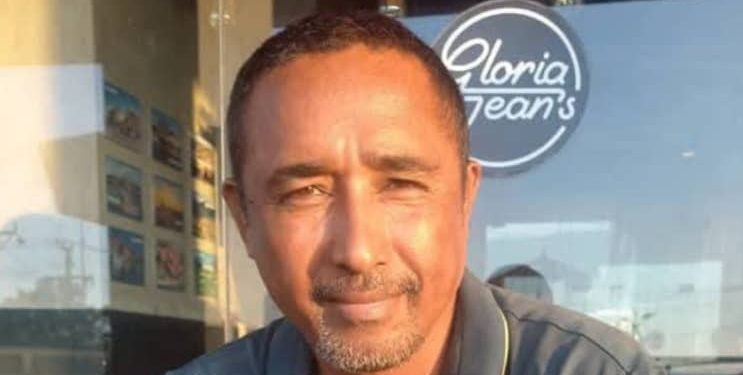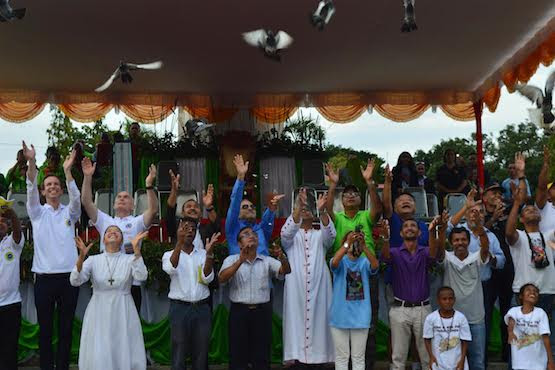(www.mediaonetimor.co) – Author: Remigio Alexandre do Carmo Vieira – Independent Researcher / Email: [email protected]
Introduction
Timor-Leste, as a young nation that gained independence in 2002, faces significant challenges in building an effective child protection system. Although notable progress has been made, gaps remain in the implementation of children’s rights, particularly in remote areas and among vulnerable groups. This article aims to analyze the child protection system in Timor-Leste through a theoretical and data-driven approach, and to compare it with internationally proven effective practices.
Relevant News: “Sistem Perlindungan Anak di Timor-Leste: Analisis Teoritis dan Praktik Berbasis Data”
Theoretical Framework
Child protection systems can be analyzed through several key theories:
- Social Welfare Theory: Emphasizes the importance of the state in providing basic services such as education, health, and social protection for children.
- Human Rights Theory: Emphasizes that every child has inalienable rights, including the right to live, grow, and develop in a safe and supportive environment.
- Social Ecological Theory: Illustrates how individual, family, community, and state policy factors interact to influence child well-being.
In the context of Timor-Leste, the application of these theories must be adapted to local social, cultural, and economic conditions.
Child Data Profile in Timor-Leste
- Stunting and Nutrition: According to World Bank data, the prevalence of stunting in Timor-Leste reaches 47%, one of the highest in Southeast Asia. This figure indicates serious issues in child nutrition and health services.
- Birth Registration: UNICEF data show that approximately 29% of births in Timor-Leste are not officially registered, making it difficult for these children to access education and health services.
- Child Labor: According to the U.S. Department of Labor, about 12.3% of children aged 5 to 14 in Timor-Leste are involved in work, including forced labor in agriculture, domestic work, and commercial sexual exploitation.
Relevant International Practices
- Brazil – Bolsa Família: This program provides conditional cash transfers to poor families, requiring children to attend school and receive complete immunization. The program has proven effective in reducing poverty and increasing educational access for children.
- Philippines – Pantawid Pamilyang Pilipino Program (4Ps): Similar to Bolsa Família, this program also includes regular child health monitoring. Children from beneficiary families are required to attend routine nutrition and school visits. The program has increased educational retention and reduced malnutrition among poor children.
- Rwanda – Integrated Child Protection System: Rwanda developed an integrated system to track orphaned and abused children. The national child database allows coordination across sectors: education, health, and social protection. This system also enables rapid intervention and reintegration of children into families or communities.
Systemic Challenges in Timor-Leste
- Regional Inequality: Access to basic services such as health, education, and social protection is very limited in remote areas. Children in regions like Ermera and Ainaro are more vulnerable to stunting and lack of education compared to children in Dili.
- Non-Integrated Data on Orphaned Children: Many orphaned children are not recorded in the system, making proper intervention difficult. This is due to the lack of an integrated information system and training for social workers.
- Limited Funding: Most child protection programs rely on support from international organizations and NGOs. Government funding remains limited, hindering efforts to expand the coverage of child protection services.
- Lack of Social Worker Capacity: The limited number of social workers and lack of training reduce the effectiveness of child protection interventions. Existing social workers are often overwhelmed by high workloads and limited resources.
- Low Community Awareness of Children’s Rights: Many families still do not understand children’s rights, so parenting practices often do not comply with human rights standards. This is further compounded by social and cultural norms that do not always support child protection.
Integrated Improvement Pathways
- Expansion of PHCP: Provide school- and household-based health services in all municipalities, focusing on early detection of stunting and immunization.
- Mass Birth Registration: Implement mass child registration programs so that all children obtain birth certificates. Registered children can access education and health services.
- Conditional Cash Transfers: Provide assistance to poor families conditional on children attending school and receiving routine immunization, similar to programs in Brazil and the Philippines.
- Cross-Sector Service Integration: Coordinate health, education, and social protection services to ensure all orphaned children are recorded, receive nutrition, education, and psychological protection.
- Reintegration and Positive Parenting Programs: Support children to return to safe families or communities, including caregiver training and psychosocial support.
- Enhancing Social Worker Capacity: Provide training, mentoring, and incentive systems for social workers to deliver quality services.
- Monitoring, Evaluation, and Transparency: Develop public dashboards, independent audits, and regular reporting to measure the effectiveness of child protection programs.
Conclusion
The child protection system in Timor-Leste faces multiple challenges but also has the potential to improve through a human rights-based, integrated approach. By strengthening institutional capacity, raising community awareness, and integrating cross-sector services, Timor-Leste can create a safer and more supportive environment for children.
References
World Bank. (2023). Timor-Leste poverty and social impact analysis. Washington, DC: World Bank.
UNICEF. (2022). State of the world’s children: Timor-Leste country profile. New York: UNICEF.
U.S. Department of Labor. (2022). Timor-Leste child labor report.
UNICEF Timor-Leste. (2022). Child protection.
Better Timor. (2022). Child protection policy.
Save the Children. (2022). Child protection systems in Rwanda: Lessons for developing countries
Humanium. (2022). Children of Timor-Leste.
World Health Organization. (2022). Timor-Leste health profile.
International Labour Organization. (2022). Child labor in Timor-Leste.
Social Protection.org. (2022). Timor-Leste launches its first Statistical Bulletin on social protection. (Asesu Youtube–https://www.youtube.com/@Media1Timor/Facebook- https://www.facebook.com/Media1Timor/Iha moos Kursu Jornalizmu no Lian Inglesh)







Discussion about this post